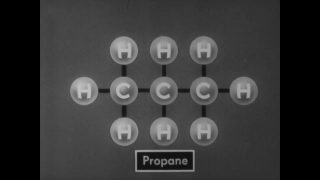
The Human Body: Circulatory System (2 Ed, 1980)
The circulatory system consists of one heart, five liters of blood, and approximately 96,000 kilometers of blood vessels, responsible for transporting nutrients and waste throughout the body. Water plays a crucial role in this system, facilitating the movement of blood, which is primarily made up of plasma and red blood cells. The heart, a powerful muscle with four chambers, pumps oxygen-rich blood to the body and receives carbon dioxide-laden blood for oxygenation in the lungs. Blood flows through arteries and veins, with valves ensuring unidirectional movement, while capillaries allow nutrient and waste exchange at the cellular level. The system is regulated by nerve signals and hormones, adapting to the body’s needs during various activities, and includes mechanisms for blood clotting and immune defense through white blood cells.
Keywords
circulatory system, heart, blood, plasma, red blood cells, oxygen, carbon dioxide, arteries, veins, capillaries, nutrients, waste, regulation, hormones, blood clotting, immune defense
Email us at footage@avgeeks.com if you have questions about the footage and are interested in using it in your project.










